BoJ Governor Haruhiko Kuroda told the parliament today that “a mix of fiscal and monetary policy isn’t enough” to boost the economy. It’s also important to “proceed with deregulation and structural reforms to heighten Japan’s medium- and long-term growth potential.”
Kuroda repeated his view that the ultra-look monetary policy could increase the effect of fiscal stimulus. However, he also emphasized “our monetary easing efforts are aimed at achieving our price target, not at helping fund government spending. There needs to be a clear line drawn on this point,”
Executive Director Eiji Maeda told the parliament that “current ultra-loose monetary environment is stimulating the economy by spurring capital expenditure and housing investment.” That will “push up” household income and asset prices. But policymakers are also “mindful” on the “excessive declines” in super-long yields. He warned that could ‘hurt public sentiment and economic activity by lowering the interest life insurers and pension funds earn from their investment”.




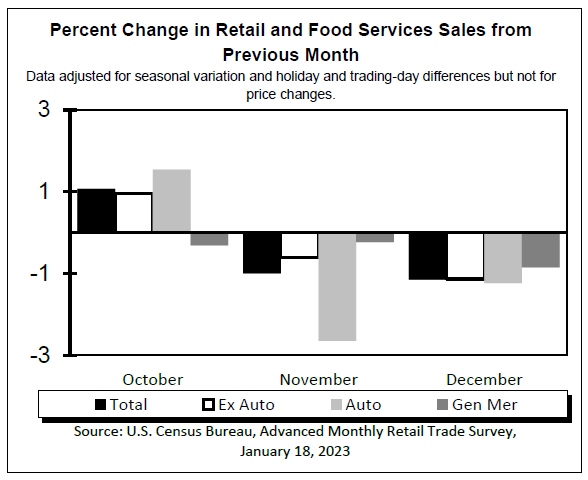
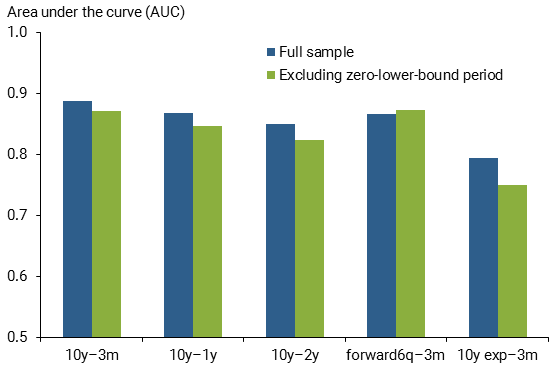
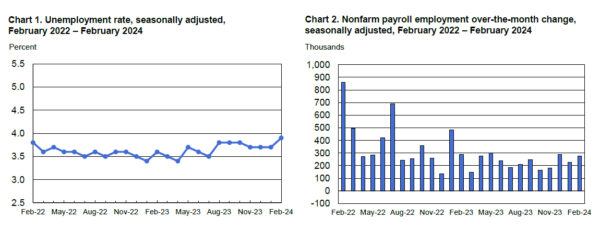
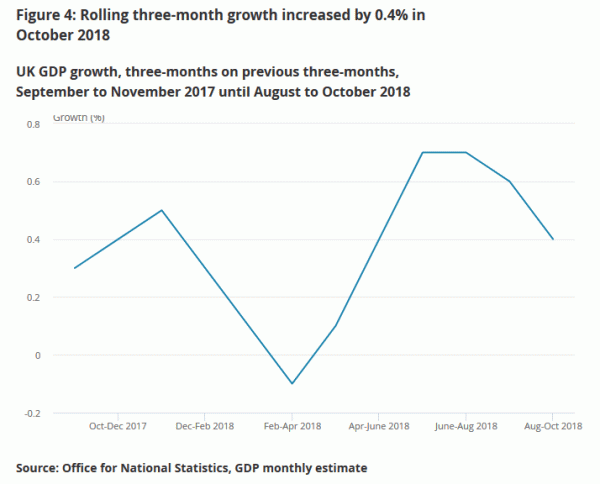
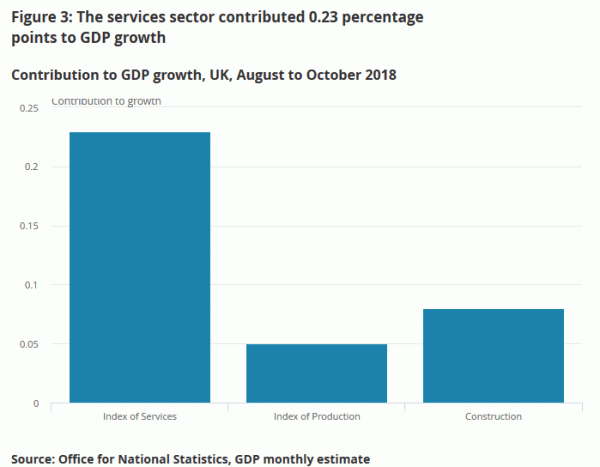
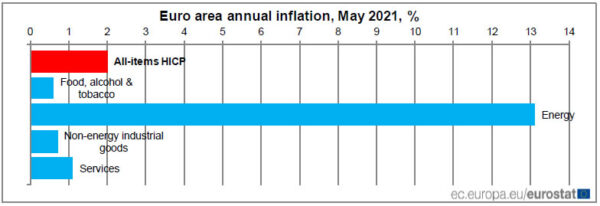
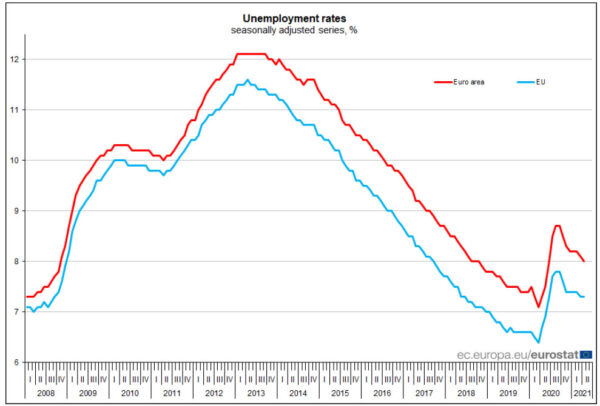
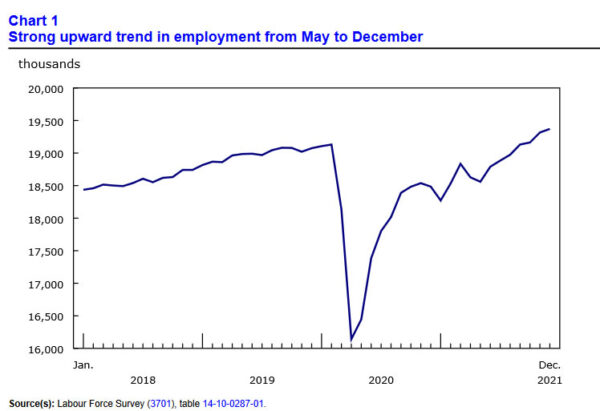
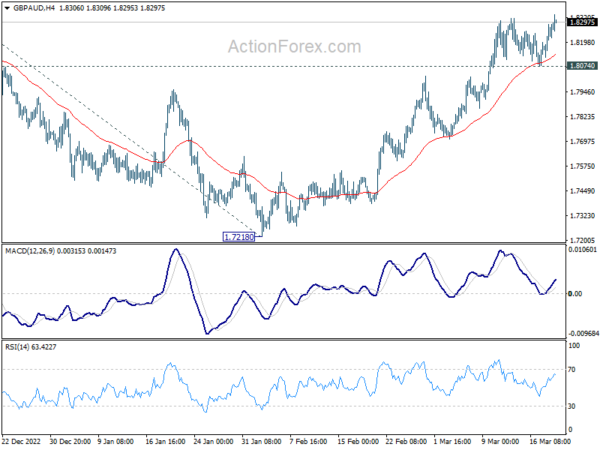
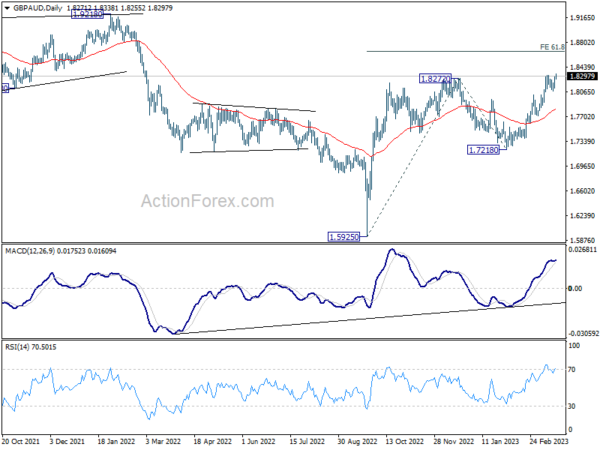
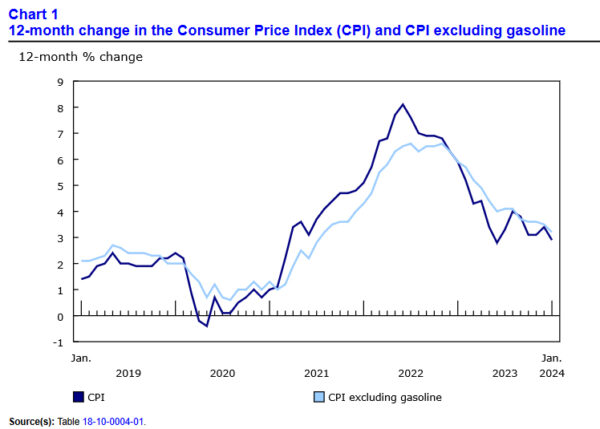
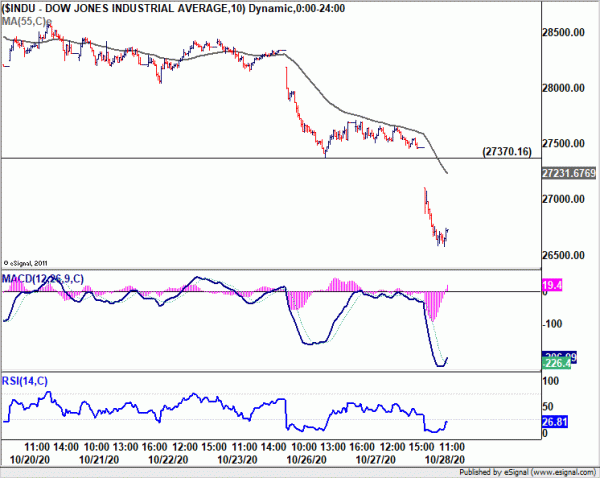
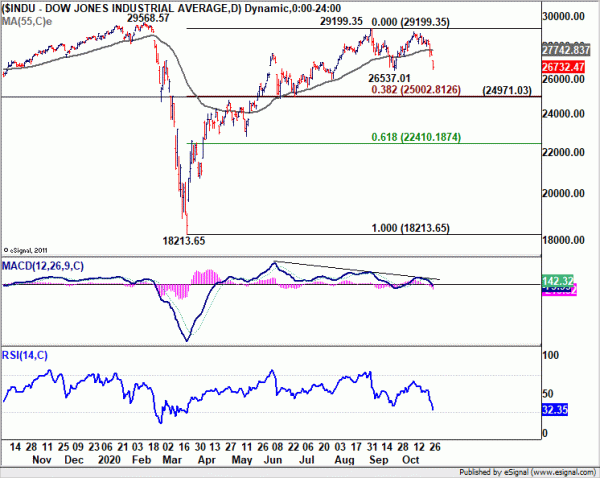
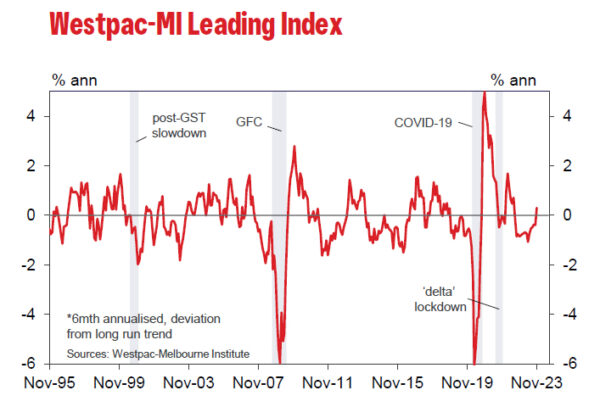
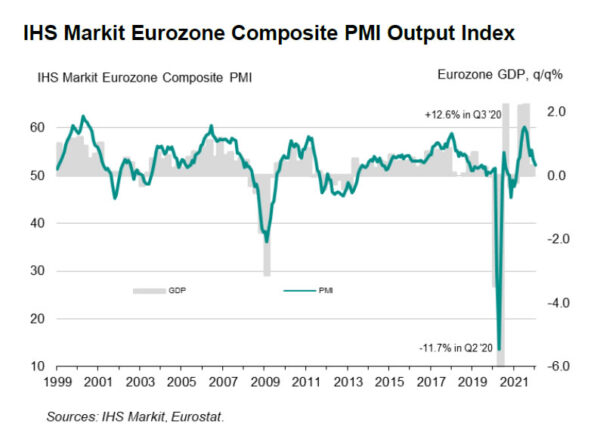
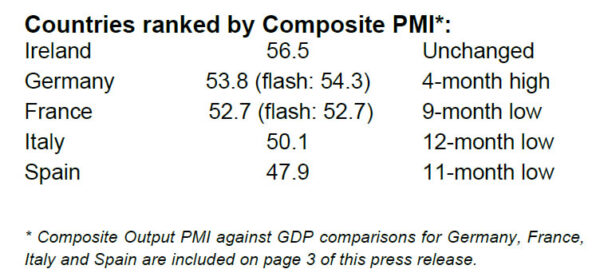

Fed surprise markets by -50bps cut to 1.00-1.25%
Fed surprised the markets by cutting federal funds rate by -50bps to 1.00 to 1.25% in an unscheduled meeting today. FOMC warned that “coronavirus poses evolving risks to economic activity” even though fundamentals of the economy “remain strong”. The decision is made by unanimous vote.
Full statement below.
Federal Reserve Issues FOMC Statement
The fundamentals of the U.S. economy remain strong. However, the coronavirus poses evolving risks to economic activity. In light of these risks and in support of achieving its maximum employment and price stability goals, the Federal Open Market Committee decided today to lower the target range for the federal funds rate by 1/2 percentage point, to 1 to 11/4 percent. The Committee is closely monitoring developments and their implications for the economic outlook and will use its tools and act as appropriate to support the economy.
Voting for the monetary policy action were Jerome H. Powell, Chair; John C. Williams, Vice Chair; Michelle W. Bowman; Lael Brainard; Richard H. Clarida; Patrick Harker; Robert S. Kaplan; Neel Kashkari; Loretta J. Mester; and Randal K. Quarles.